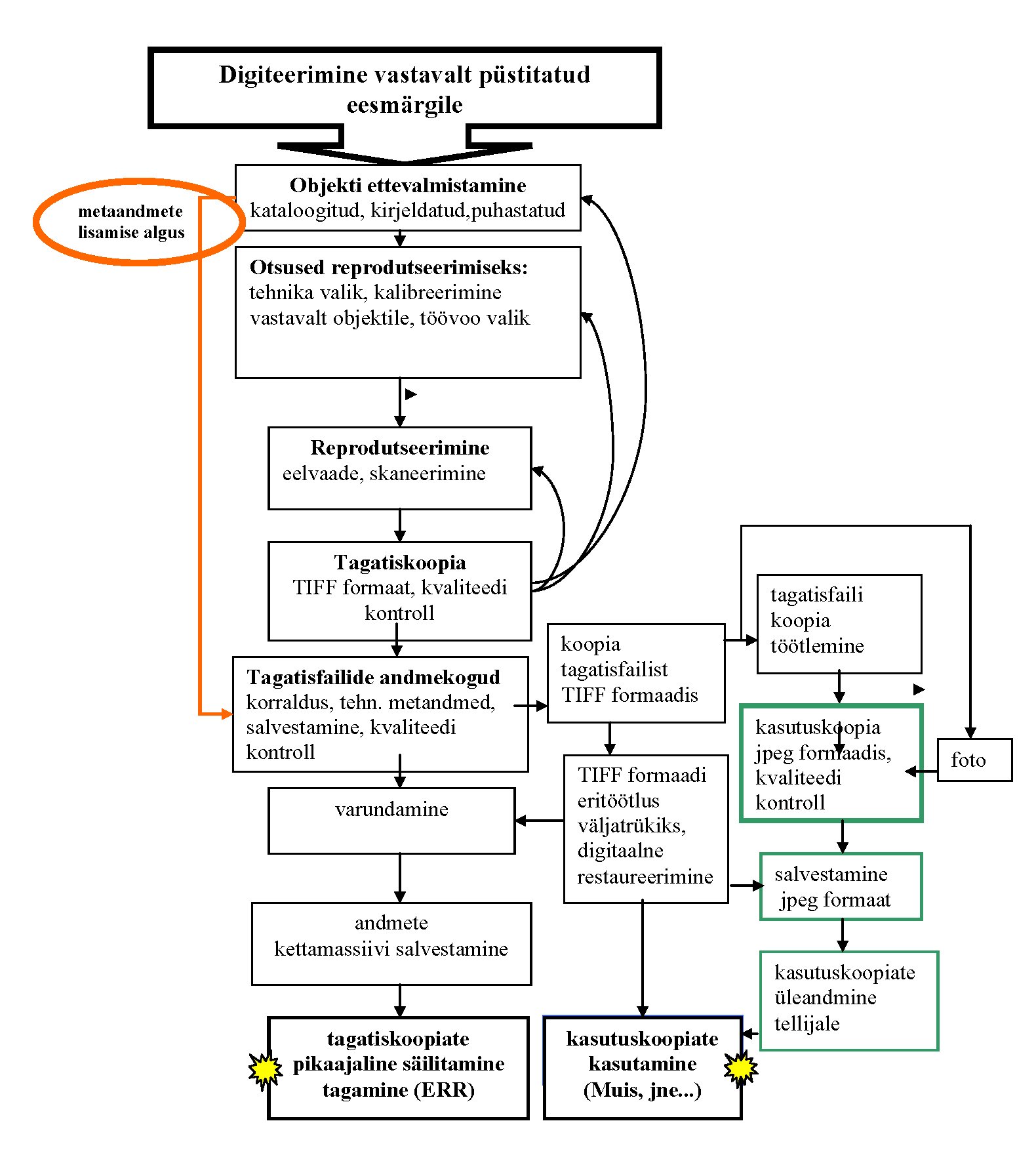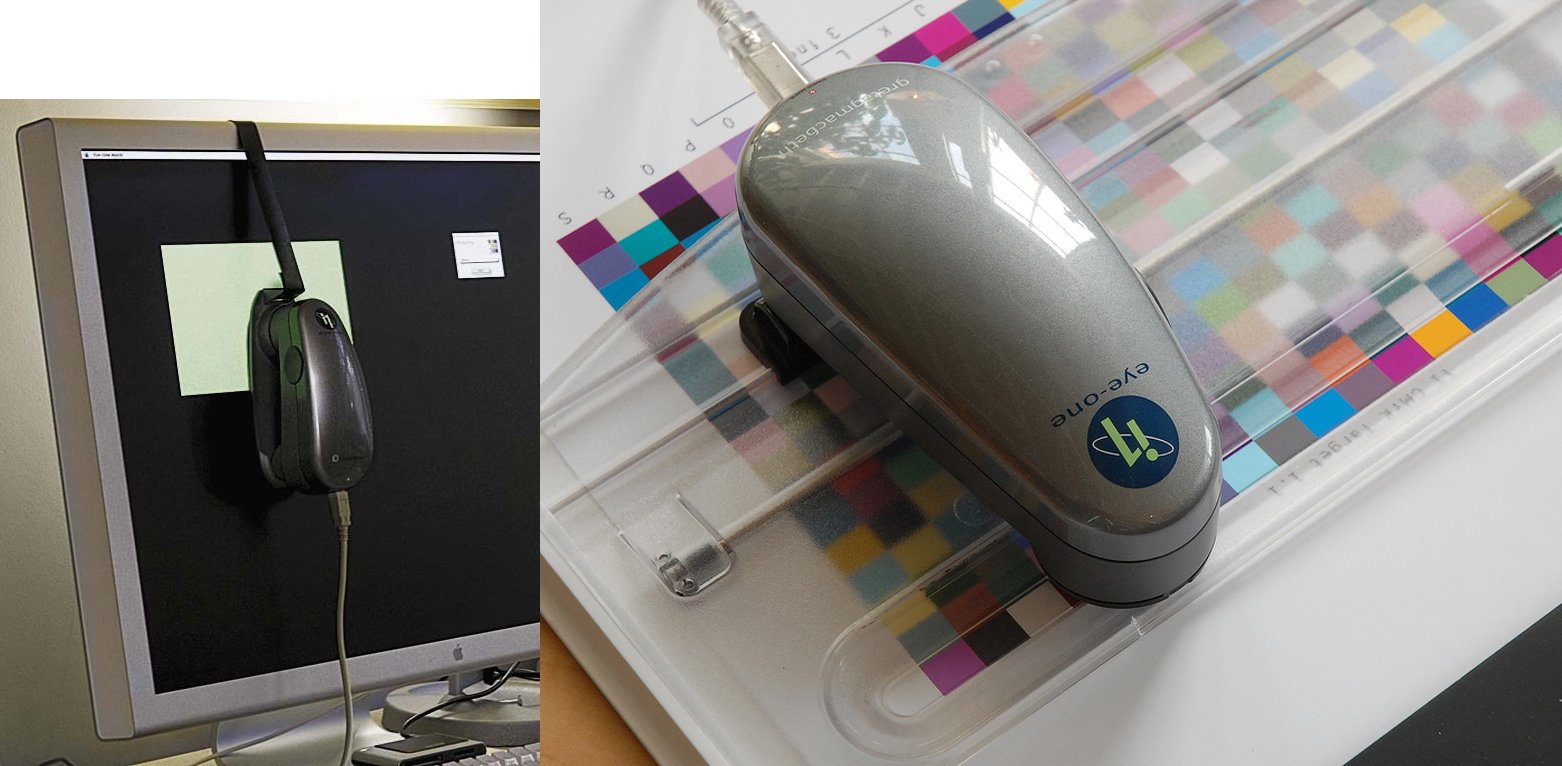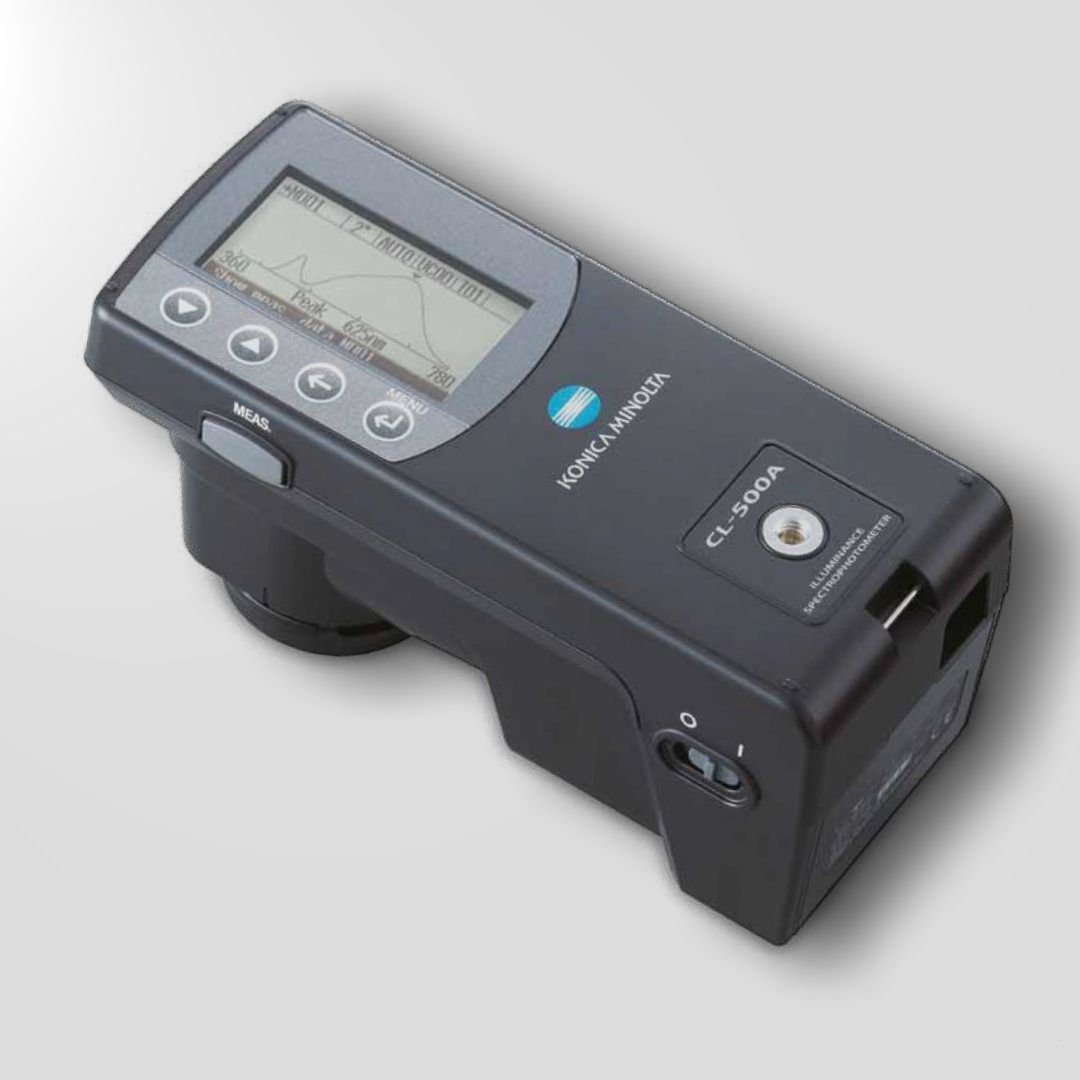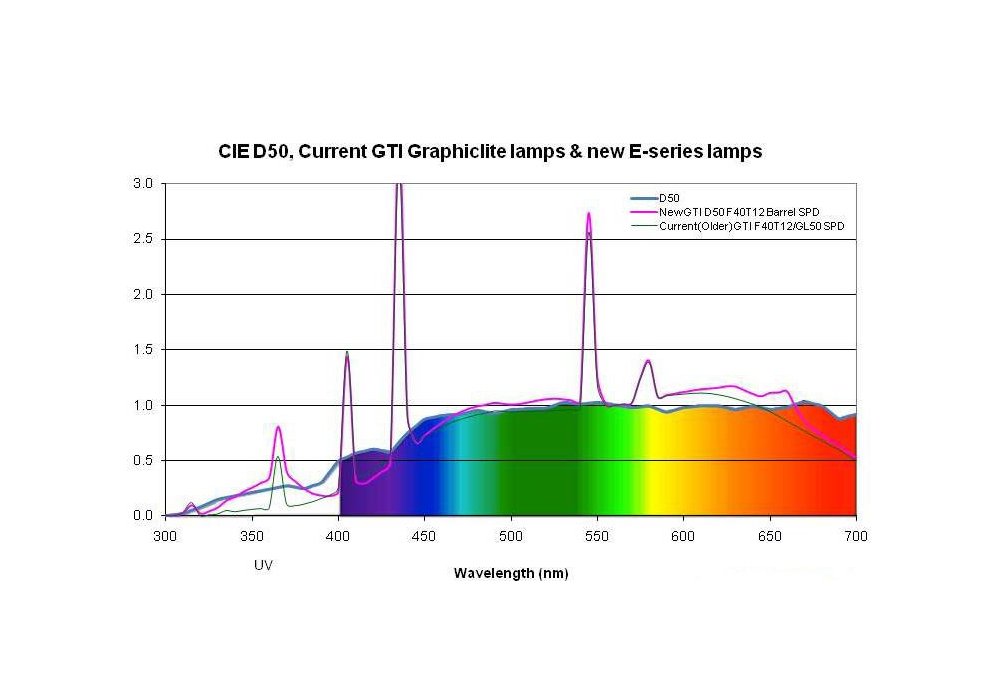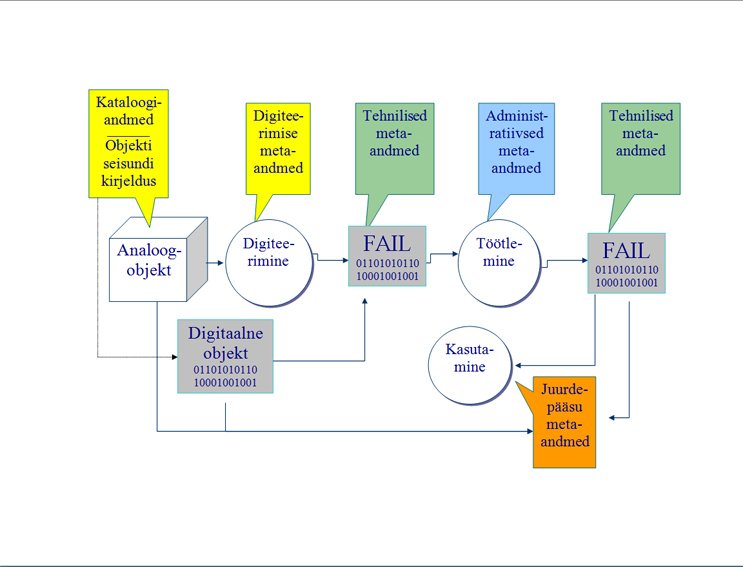DIGITAL IMAGING OF MUSEUM COLLECTIONS
Autor:
Mari Siiner, Martin Sermat
Year:
Anno 2015
Category:
Digitisation
The focus here is on the preservation imaging of museum artefacts at the Conservation and Digitisation Centre Kanut of the Estonian Open Air Museum (KANUT in short).
The goal of digitisation is to maintain public interest at the same time preserving and continuing to use and display the collections. The main principles for digitisation have to be agreed upon at the onset to ensure that no conflicts of interests arise. Specific rules apply while digitising cultural heritage, the work is usually carried out in four stages, each of which have several substages. These are:
Picking the objects, cataloguing and preparation
Digital reproduction (scanning, photographing)
Producing a master copy for the long-term preservation of the collections
Preparing additional copies for use in various media channels (on-line, printing, etc).
Digital imagining aims at producing high-quality digital copies of the original artefact and includes the highest possible amount of its characteristics, i.e. making a master or archival copy of the artefact. For producing user copies TIFF-format files are made before the master copy is archived. Special file and image software is used to produce several second-generation rendered files dependant on the potential future use of the copies (including, for instance, printing or delivery). Various formats (JPEG, PNG) are used, in which the image is easier to visualise and process but these copies usually include less information than the original archival file. One of the key points in the process is to control the quality of the master copy where subjective visual assessment should be avoided as far as possible.
A consistent standard has to be maintained through the digital imagining of the collections, the quality of the files needs to be guaranteed and controlled independent of the person conducting the scanning or photographing. Standards ISO 3664:2009 and ISO 12646:2015 have been applied to ensure the technical quality of digitisation (work conditions, means of reproduction, suitability of the monitor's technical parameters).

